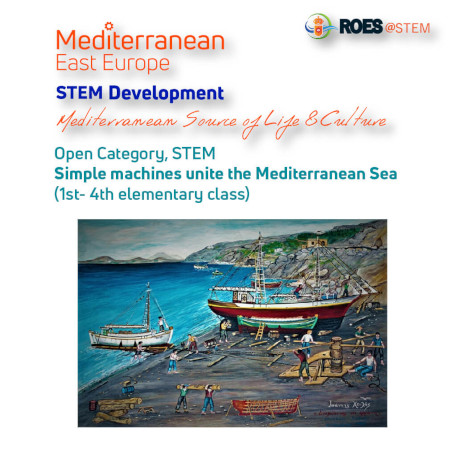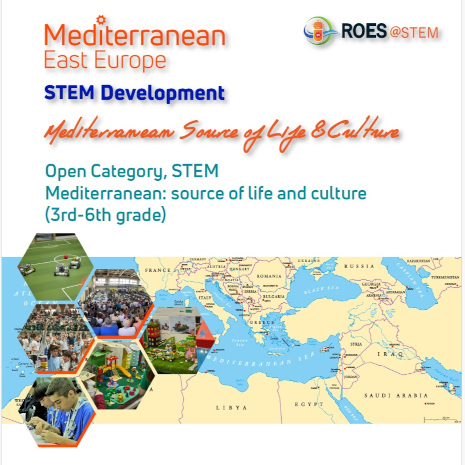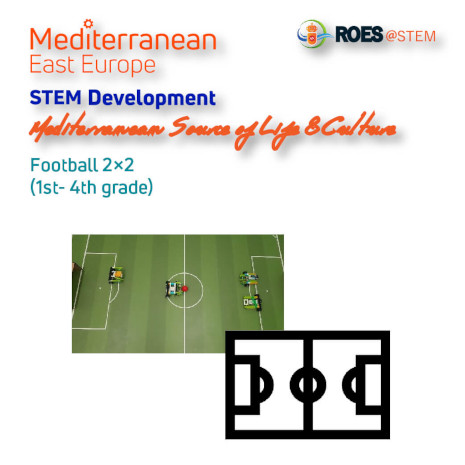National STEM Contest 2024
Mediterranean: source of life and culture
The Mediterranean is a transcontinental sea and an extension of the Atlantic. It “separates” Europe from Africa and borders the following countries: Spain, France, Monaco, Italy, Malta, Slovenia, Croatia, Bosnia-Herzegovina, Montenegro, Albania, Greece, Turkey, Cyprus, Syria, Lebanon, Israel, Palestine, Egypt, Libya, Tunisia, Algeria, and Morocco
It covers 2,510,000 square kilometres and includes over 10,000 islands, inhabited by more than 15,000,000 people. Its name was first used by the Latins in the third century, specifically by Solinos, who referred to it as “Mare Mediterraneum,” or “the sea between two continents.” As for the Greek term “Μεσόγειος” it comes from the geographer and bishop of Athens, Meletius II.
The Mediterranean’s deep blue colour is due to plant non-growth due to nutrient deficiency. However, this deprivation does not imply a lack of biodiversity, as over 12,000 species can be found in its waters, ⅓ of which are endemic, such as the Caretta caretta turtle and the Monachus monachus.
It is not unfairly called the “incubator of Western civilization”, as due to the cultural exchanges that occurred due to trade, some of the greatest civilizations developed on its shores. Thus both the arts and the sciences, such as astronomy and mathematics, experienced great flourishing.
To this day, the Mediterranean remains an integral part of world trade, shipping, and, of course, tourism. That is why finding ways to protect it is critical.
COMPETITIVE CATEGORIES
The National STEM Contest is open to students from all academic levels throughout Greece. Different educational goals are established for each level, resulting in distinct competition categories and standards.


